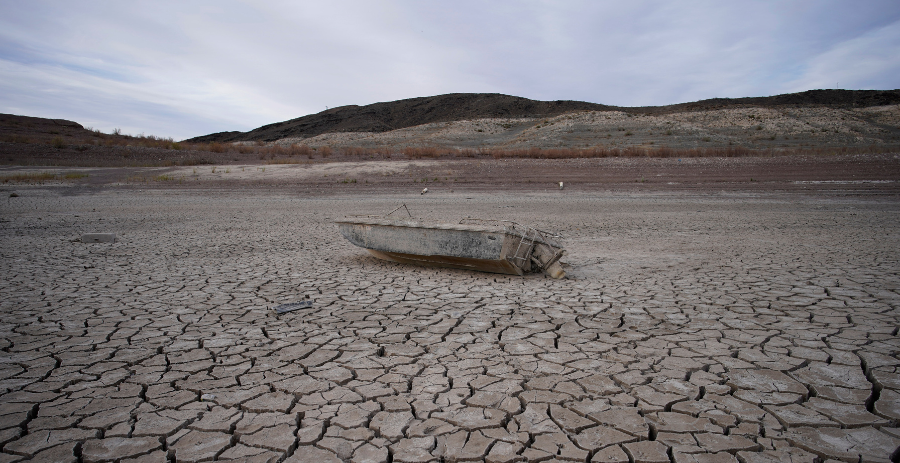Arizona State University
Feds Reveal Essential Measures for 2026 Colorado River Deal, Awaiting Recommendations

Federal water officials unveiled critical measures on Wednesday aimed at addressing the management of the Colorado River. Seven states and several tribes that depend on this vital water source face an August 2026 deadline to establish future governance strategies.
Bureau of Reclamation Commissioner Camille Calimlim Touton emphasized the collaborative efforts during this announcement. She laid out four action proposals, alongside a “no action” alternative, that will await the incoming administration’s decisions. Time is of the essence, with formal environmental assessments expected soon.
However, the announcement did not provide a definitive recommendation for dividing the river’s water. The Colorado River supplies electricity and water to millions across major cities, impacting daily life from Denver to Los Angeles.
Instead, it summarized elements from competing proposals submitted last March by stakeholders. These included key players from the Upper Basin—Colorado, Utah, New Mexico, and Wyoming—and the Lower Basin, represented by California, Arizona, and Nevada. Nearly three dozen Native American tribes also have rights tied to the river’s water.
Sarah Porter, director of the Kyl Center for Water Policy at Arizona State University, noted that no single proposal was wholly adopted. “The federal government has crafted these components differently to maximize flexibility for ongoing negotiations,” she explained.
One proposed alternative involves government action to safeguard critical infrastructure and manage river water distribution during high demand, albeit without introducing new delivery systems. Another alternative plans for enhanced storage capabilities at Lake Powell and Lake Mead, in addition to introducing federal and non-federal storage options to improve system resilience.
A third option, termed “cooperative conservation,” aims to manage water releases from Lake Powell through shared contributions to maintain system reliability. Lastly, a hybrid proposal incorporates aspects from various stakeholder plans, promoting conservation and equitable access to water use mechanisms for both Tribal and non-Tribal entities.
The “no action” alternative, while mandated by the National Environmental Policy Act, does not fulfill the study’s objectives. Legal agreements governing the river are set to lapse in 2026, and negotiations are under pressure due to the ongoing impacts of climate change and prolonged drought conditions.
Tom Buschatzke, Arizona’s chief negotiator, acknowledged the substantial gap between the positions of Upper and Lower Basin states. He also mentioned ongoing assertions of water rights among tribes, particularly the Gila River Indian Community.
Buschatzke expressed a cautiously optimistic view, recognizing positive elements in the proposed alternatives but emphasizing the need for thorough review. “Progress is essential, and any steps that facilitate movement are beneficial,” he stated.
Democratic U.S. Senator John Hickenlooper of Colorado remarked on the seriousness of the situation, advocating for a collaborative, multi-state approach to avoid litigation over the river’s future.
This announcement coincided with a significant political event, following the election of Republican former President Donald Trump and just days ahead of crucial Colorado River Water Users Association meetings in Las Vegas.
Kyle Roerink, executive director of the Great Basin Water Network, stressed that the proposals highlight uncertainty about future river management amid the impending transition in leadership.
Buschatzke did not speculate on the incoming administration’s strategy but Porter suggested there would likely be continuity in the ongoing negotiations, despite the change in leadership.
___
Contributions to this report were made by Associated Press writer Amy Taxin in Santa Ana, California.

















